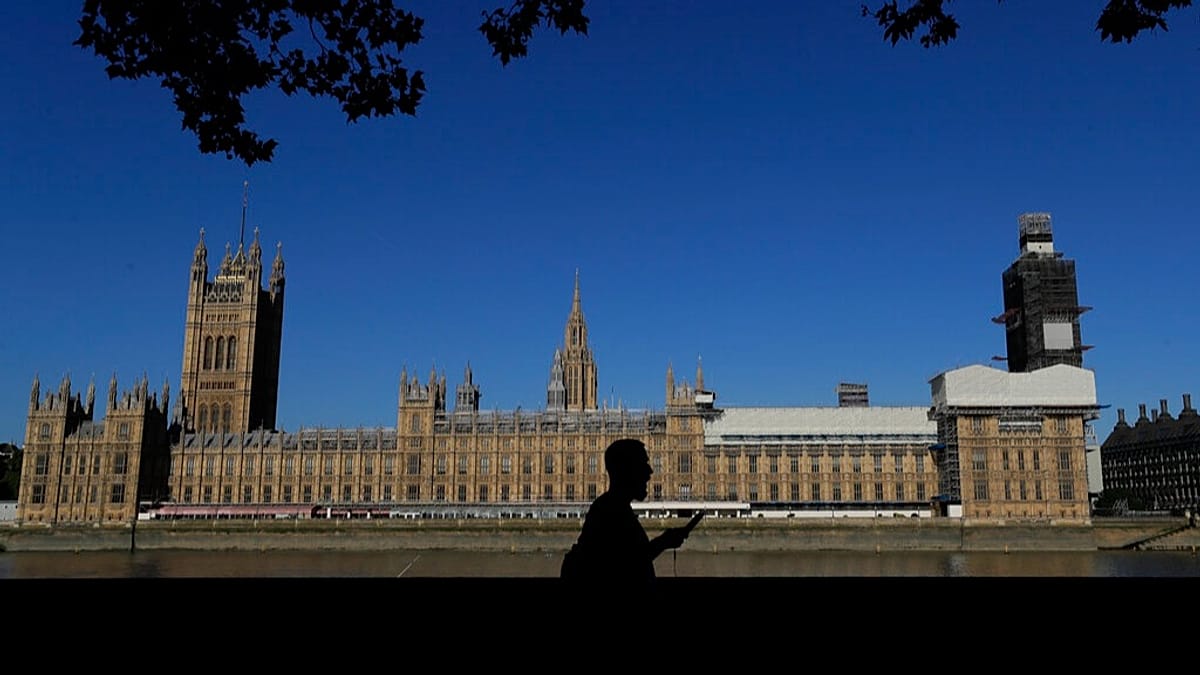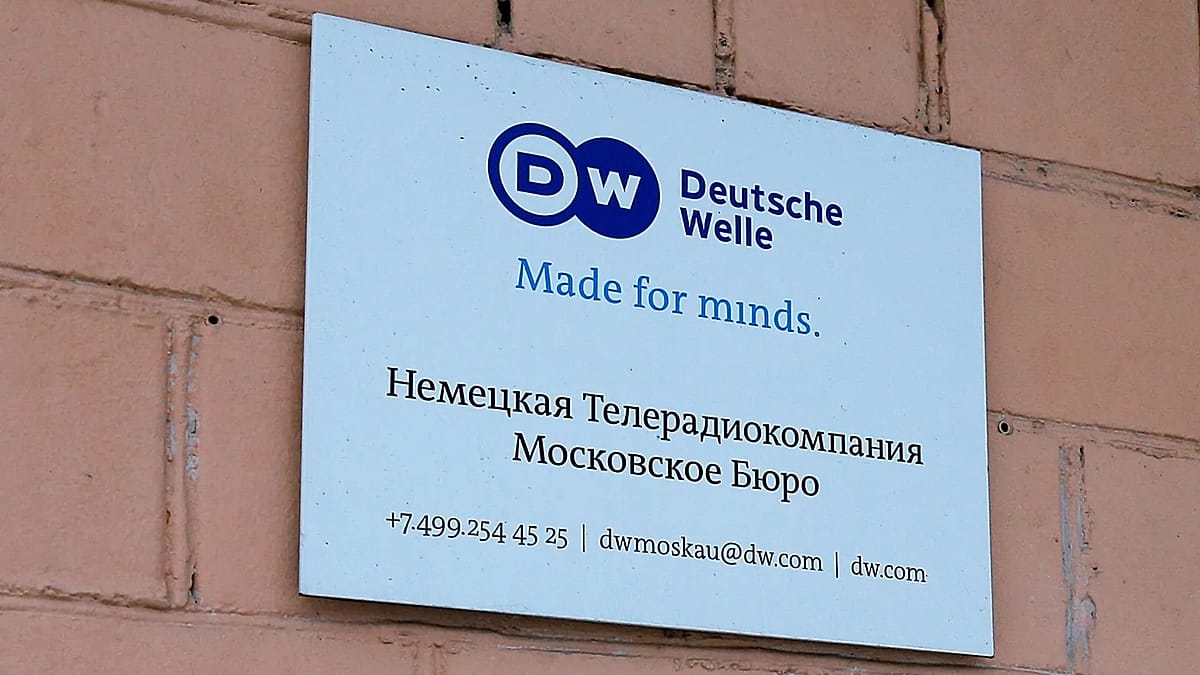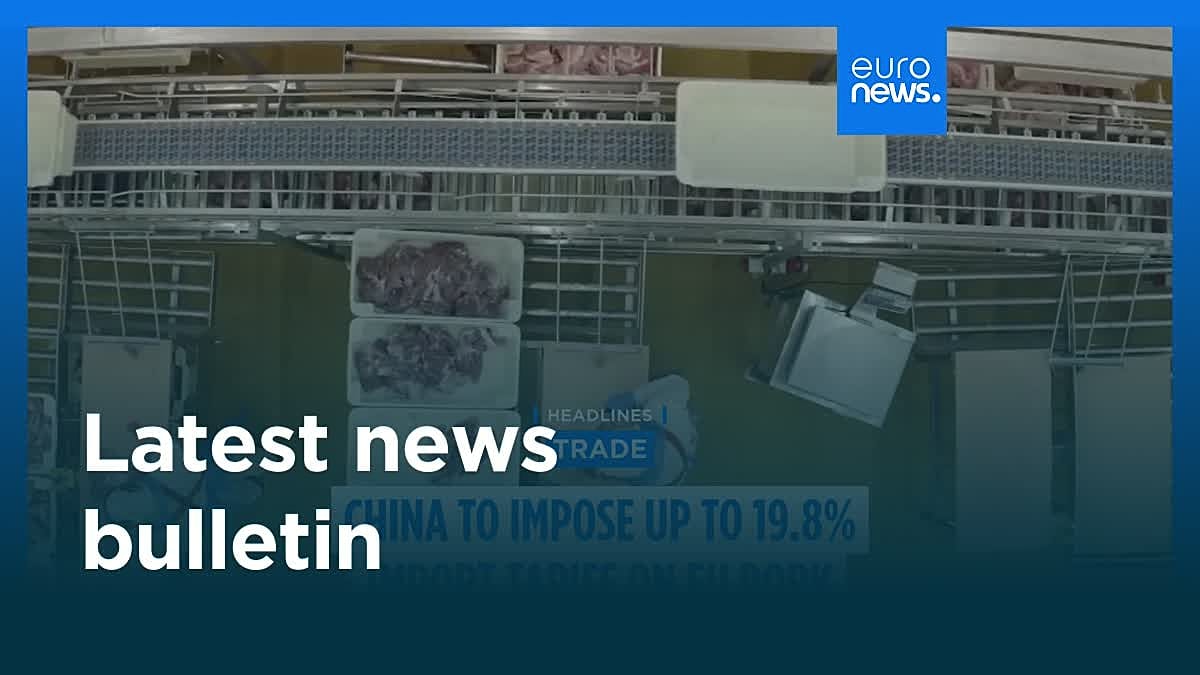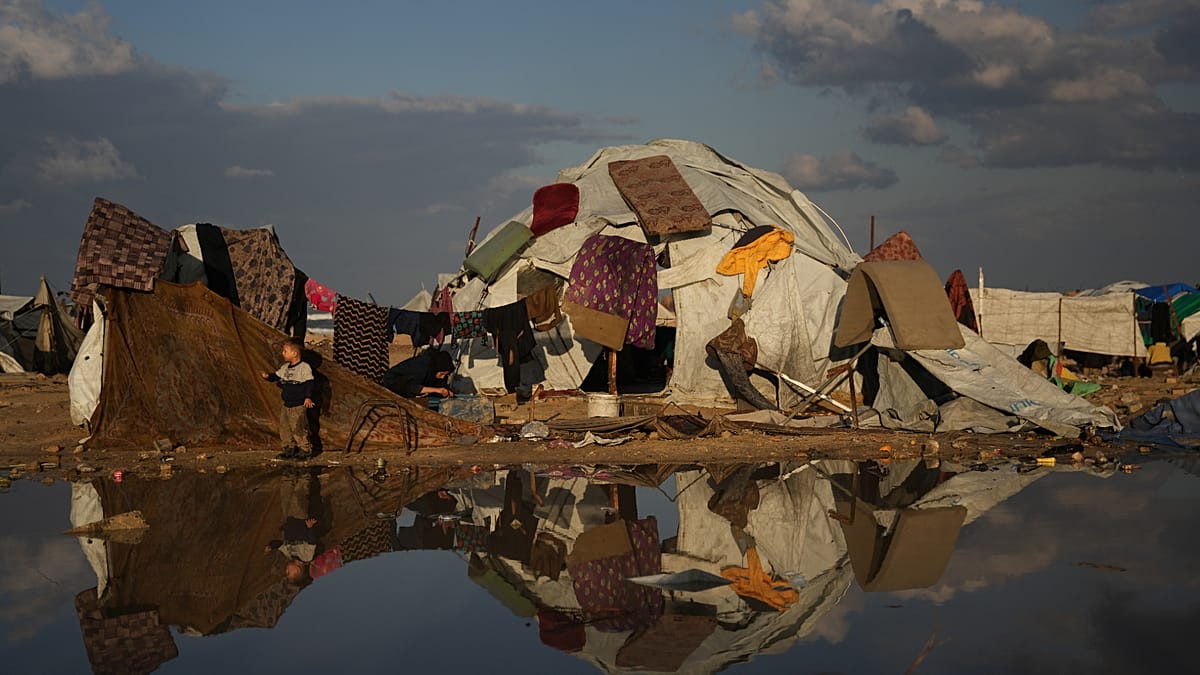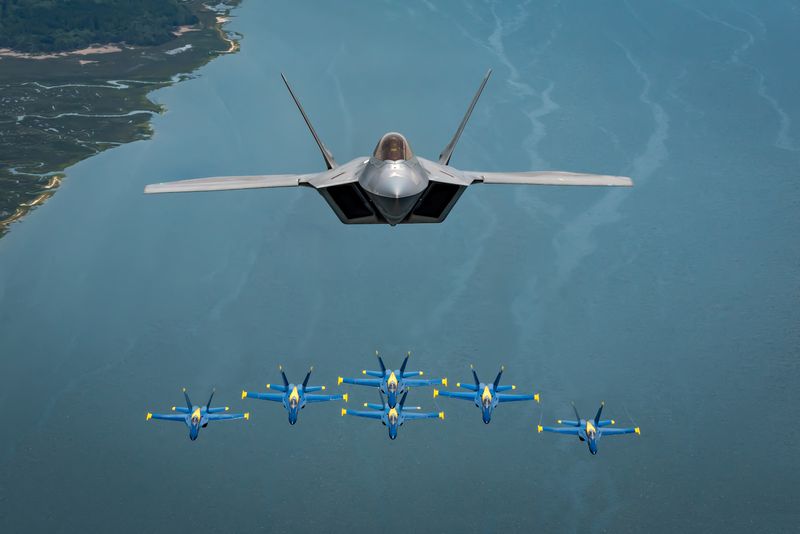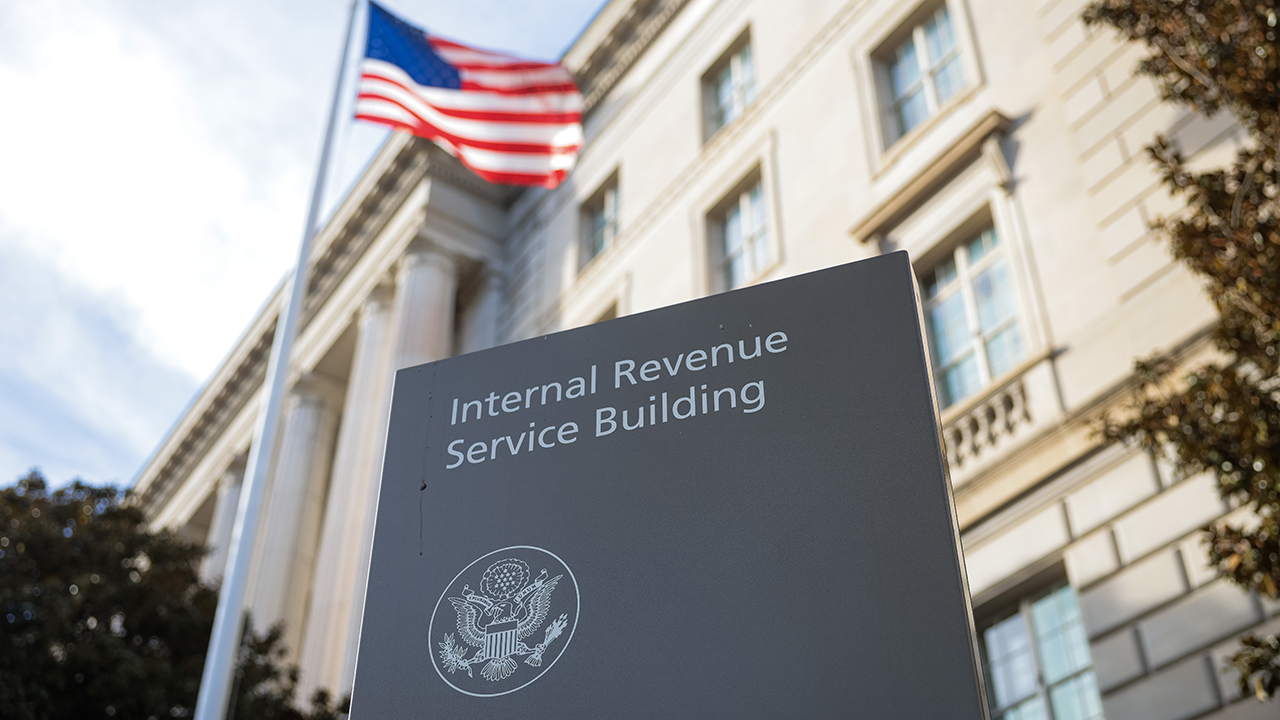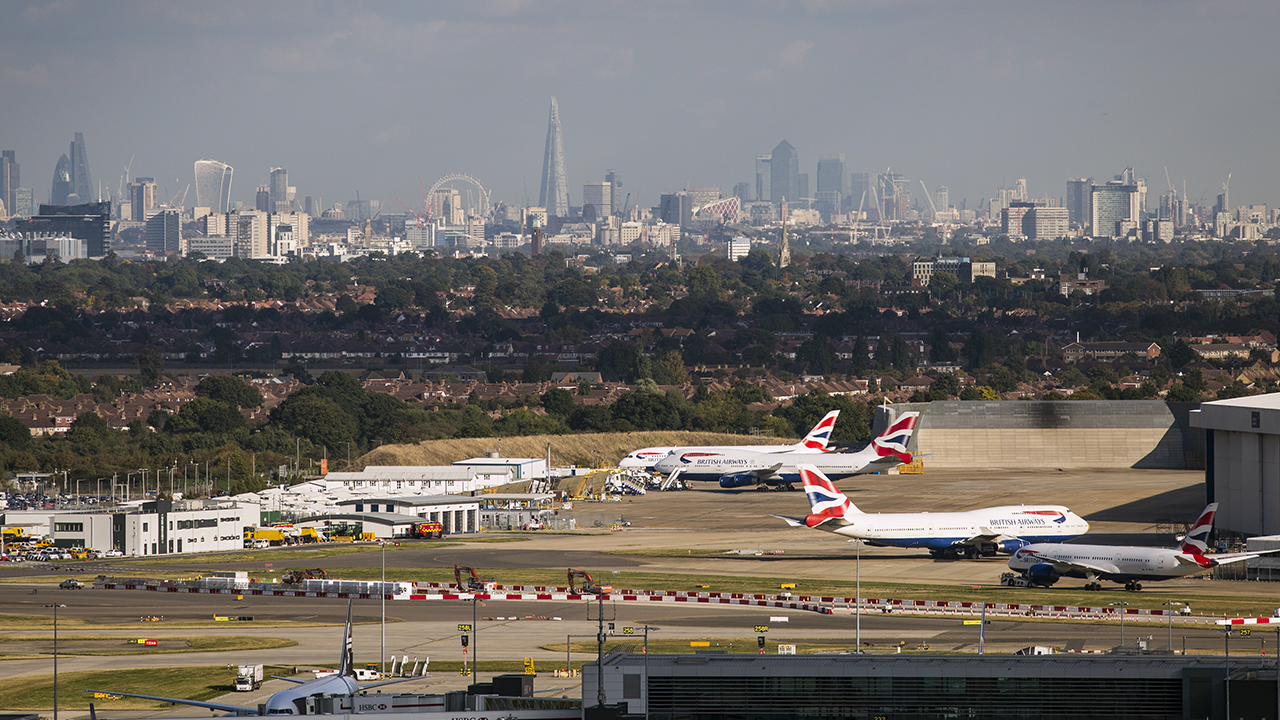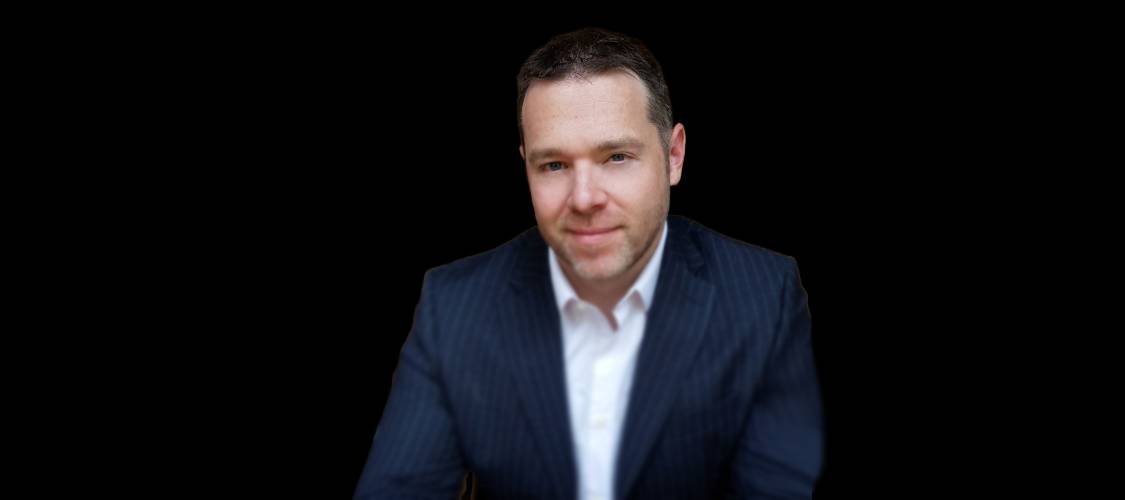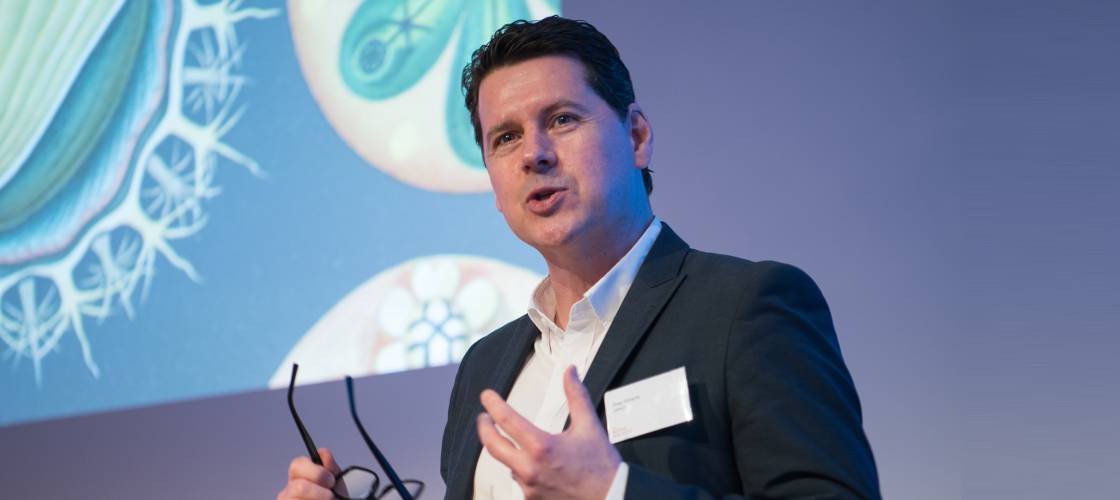Aramco Chief Warns of Looming Oil Shortage as Investment Falters

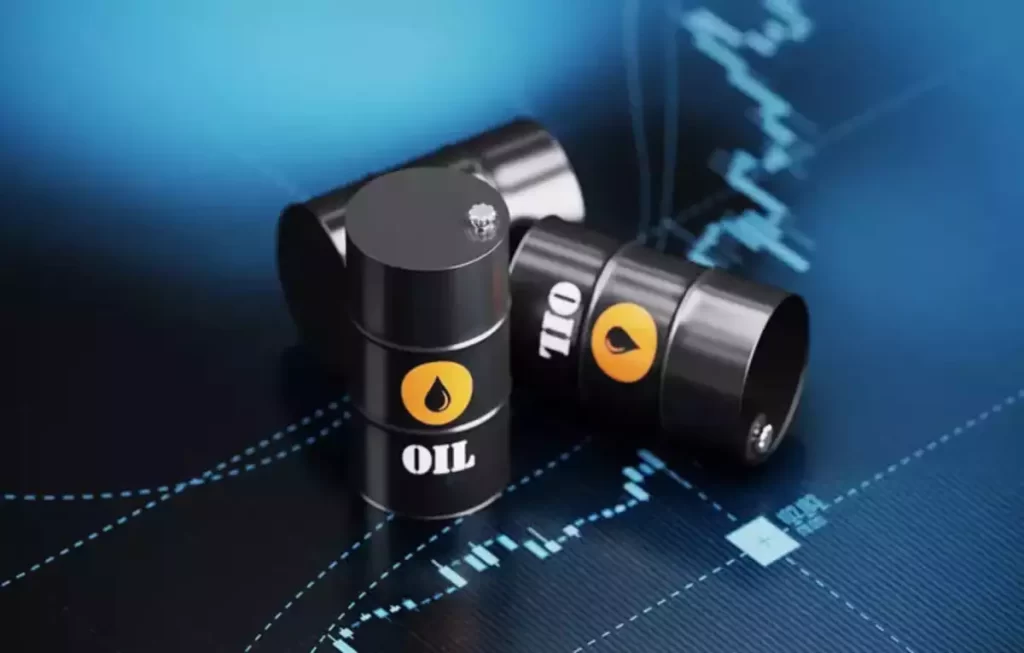
Saudi Aramco’s chief executive has issued a stark warning that the world is sleepwalking into an oil supply crunch, arguing that years of underinvestment in traditional energy threaten to collide with resilient demand — a combination that could send prices sharply higher and disrupt global growth.
Speaking at an energy conference this week, Amin Nasser, the head of the world’s largest oil producer, said that despite growing commitments to clean energy and the push for decarbonisation, the global economy still relies overwhelmingly on hydrocarbons. He cautioned that political pressure, financial constraints and shifting investor sentiment have sharply curtailed upstream investment — setting the stage for a structural shortage later this decade.
“The world is facing a reality check,” he said. “Oil and gas demand is not falling as many predicted, yet investment in supply continues to decline. The result could be severe energy insecurity.”
A Decline in Oil Investment
Capital expenditure in oil and gas exploration has declined markedly since the price collapse of 2014. While investment rebounded modestly after the pandemic, analysts estimate that global spending remains far below the level required to offset natural field declines and meet demand growth in developing economies. Many producers have diverted cash flows to shareholder returns rather than long-term capacity expansion.
Nasser’s warning reflects a growing unease within the industry that policymakers’ emphasis on rapid energy transition has created a mismatch between expectations and physical reality. “Even in the most optimistic scenarios, the world will need significant volumes of oil and gas for decades,” he said, arguing that policymakers have underestimated both the scale of future consumption and the time required for renewables to displace fossil fuels.
Oil demand has remained stubbornly strong despite rising interest rates, slowing global growth and the surge of electric vehicles. Emerging markets, led by Asia, continue to drive consumption, particularly in petrochemicals and transport. The International Energy Agency expects oil use to peak before the end of the decade — but Aramco and several OPEC producers dispute that view, forecasting steady demand well into the 2030s.
Balancing Energy Security and Transition
The tension between climate goals and energy security has sharpened in the wake of supply shocks and geopolitical conflict. Europe’s scramble for gas after Russia’s invasion of Ukraine reminded policymakers of the perils of underestimating fossil fuel dependence. Nasser and others in the industry argue that a similar complacency toward oil could trigger the next energy crisis.
Aramco has continued to invest heavily in maintaining and modestly expanding its production capacity, even as Western oil majors scale back exploration in favour of renewables and low-carbon technologies. The Saudi company plans to sustain its capacity near 13 million barrels per day, while funnelling profits into petrochemicals, carbon capture and hydrogen ventures.
But Nasser insists that such diversification cannot substitute for continued investment in conventional supply. “The focus should not be on abandoning oil, but on producing it more efficiently and with lower emissions,” he said. “If we fail to invest adequately, the shortfall will not be theoretical — it will be felt in economies, in industries, and at the pump.”
The Market’s Uneasy Balance
Oil prices have hovered around $80–90 a barrel for much of the year, supported by OPEC+ supply management and steady demand. Yet spare capacity — the buffer that protects the market from sudden shocks — has narrowed. Many traders and analysts view the cushion as dangerously thin, making prices vulnerable to disruption.
The global investment community remains divided. Some argue that continued capital discipline and the shift to clean energy make sense in an era of uncertain long-term demand. Others see chronic underinvestment as a recipe for future volatility. “If the industry is forced to underinvest today, the market will pay the price tomorrow,” one Gulf-based energy adviser said.
The warning also reflects Saudi Arabia’s broader strategy. Riyadh wants to project itself as a pragmatic energy supplier — leading in oil, while investing in renewables, hydrogen and carbon management. But it has repeatedly emphasised that energy transition must be orderly, not abrupt. In that sense, Nasser’s comments serve both as a caution to policymakers and a defence of continued hydrocarbon investment.
A Familiar Warning, Sharper This Time
Energy executives have sounded similar alarms before, but this time the warning carries more weight. Years of constrained spending, coupled with political resistance to new projects in key regions, have left the supply pipeline thin. Even if prices rise, the industry may struggle to ramp up production quickly, given the long lead times and capital intensity of major developments.
In the background, governments face a dilemma: how to sustain investment in conventional fuels without undermining climate commitments. The risk, Nasser suggests, is that by starving the system of capital before alternatives are ready, the world ends up with neither adequate energy security nor a successful transition.
For now, oil markets remain stable, buoyed by steady consumption and coordinated supply management. But as global demand edges higher and investment lags, the balance looks increasingly precarious. “We are heading for a gap between perception and reality,” Nasser said. “If that gap widens, the next crisis will not be about demand destruction, but about supply destruction.”
The post Aramco Chief Warns of Looming Oil Shortage as Investment Falters appeared first on European Business & Finance Magazine.




















